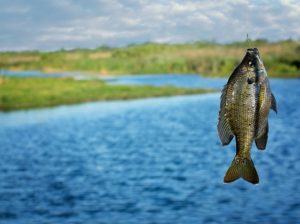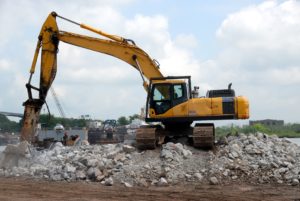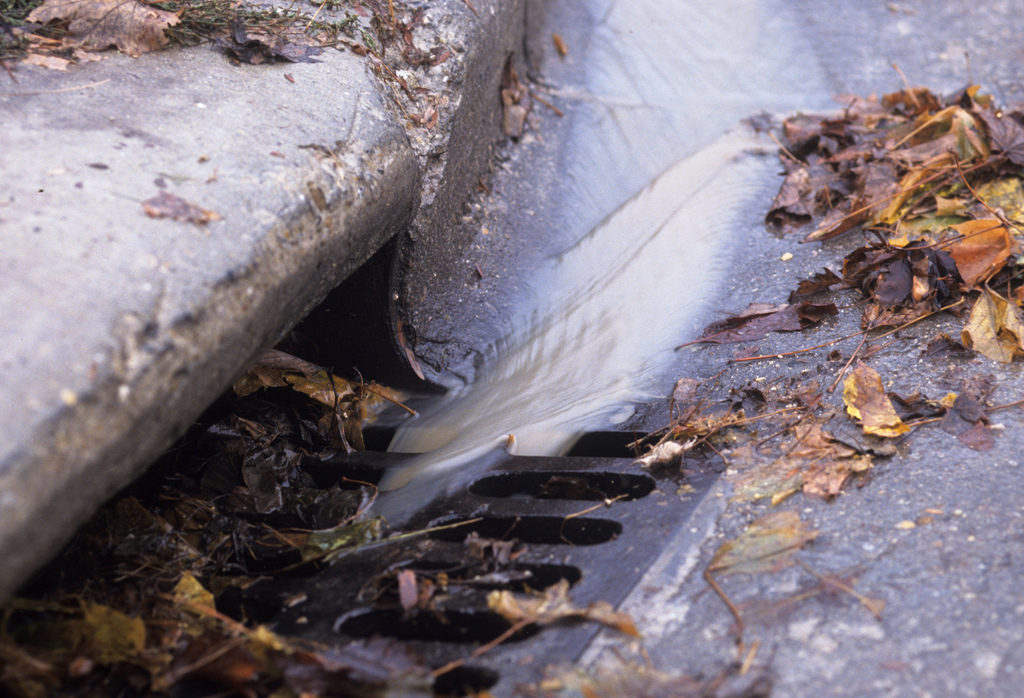Who must comply with the United States (US) Environmental Protection Agency (EPA’s) National Pollutant Discharge Elimination System (NPDES) regulation? Why is the NPDES or stormwater permit required? Who needs to comply with this regulation? Why stormwater management system is important for an organization, facility or a business in the U.S? I’m sure; we sometimes come across with these similar questions in our casual social gatherings or business meetings. A few weeks ago, someone asked me these questions and that conversation led me to write this blog.
In short, the Clean Water Act (CWA) of 1972 forbids anybody from discharging “pollutants” through a “point source” into “waters of the U.S.” Waters include navigable water, tributaries to navigable water, interstate water, the oceans out to 200 miles, and intrastate water used by travelers for recreation or other purposes as a source of fish sold in interstate commerce or industries engaged in interstate commerce.
This Act introduced the NPDES regulation by U.S. EPA, which is a permit system for regulating “point sources” of pollution. The NPDES permit allows the facilities to discharge a specified amount of a pollutant into receiving water under certain conditions. Facilities include:
- Industrial facilities (i.e., manufacturing, mining, shipping activities, oil and gas extraction and service industries);
- Municipal governments (e.g., sewage treatment plants) and other government facilities (such as military bases); and
- Some agricultural, such as animal feedlots, etc.
What is a point source? Second most asked question. As per EPA’s definition, it means “any discernible, confined and discrete conveyance, such as a pipe, ditch, channel, tunnel, conduit, discrete fissure, or container. It also includes vessels or other floating craft from which pollutants are or may be discharged. Also includes concentrated animal feeding operations, which are places where animals are confined and fed.”
The CWA defines the term “pollutant” as any type of industrial, municipal, and agricultural waste discharged into water. Example, dredged soil, solid waste, incinerator residue, sewage, garbage, sewage sludge, munitions, chemical wastes, biological materials, radioactive materials, heat, wrecked or discarded equipment, rock, sand, cellar dirt and industrial, municipal, and agricultural waste.
 When the melting snow and rainwater flows on any paved surfaces including parking lots, rooftops, streets, and other impervious surfaces either at residential, commercial, industrial or construction areas, running water can pick up sediments (i.e., soil erosion), debris, auto usage fluids or leaking oil, chemicals, and pollutants before flowing down into the nearby stormwater drainage, and it is referred as the “stormwater.” This stormwater runoff contained with pollutants finally enters the local streams, creeks, lakes and rivers, and groundwater sources that serve the purpose for drinking water, aquatic habitats, fishing, and even public beaches and swimming areas, respectively.
When the melting snow and rainwater flows on any paved surfaces including parking lots, rooftops, streets, and other impervious surfaces either at residential, commercial, industrial or construction areas, running water can pick up sediments (i.e., soil erosion), debris, auto usage fluids or leaking oil, chemicals, and pollutants before flowing down into the nearby stormwater drainage, and it is referred as the “stormwater.” This stormwater runoff contained with pollutants finally enters the local streams, creeks, lakes and rivers, and groundwater sources that serve the purpose for drinking water, aquatic habitats, fishing, and even public beaches and swimming areas, respectively.
To prevent these pollutants from making surface waters unsafe for drinking, fishing, and recreational purposes, the U.S EPA regulations require facilities to obtain a permit in order to discharge stormwater from their sites or property that enters into the main water bodies. According to EPA’s 40 CFR 122.26, eleven (11) categories of regulated industrial activities require the NPDES permit. Under this regulation, many industrial facilities require both a permit and Storm Water Pollution Prevention Plan (SWPPP or SWP3). In fact, urban stormwater discharged from storm sewers referred to as “Municipal Separate Storm Sewer Systems” (MS4s), locally known to be a leading source of water quality impairment.
The CWA requires that all federal and state regulated construction sites, MS4, communities and industrial sites be covered under an NPDES stormwater permit to have the ability to legally discharge stormwater into waters of the U.S. Any construction site, industrial facility or MS4 covered under an NPDES stormwater permit is subject to compliance inspections either from EPA, state entity or a third party inspection service consist of the following on-site examination:
- The NPDES permit and its coverage;
- Original and/or updated SWPPP;
- Best Management Practices (BMPs);
- Notice of Intent (NOI) document; and
- Other related documents or reports.
 Failure to meet the required compliance standards can and typically result in fines. Under the EPA’s NPDES regulation, many industrial facilities require both a permit and SWPPP (SWP3). EPA has authorized many states (e.g., New Jersey) to administer the NPDES stormwater permitting program. Most industrial facilities will need to obtain NPDES permit coverage through their state. EPA remains the permitting authority in few states and territories.
Failure to meet the required compliance standards can and typically result in fines. Under the EPA’s NPDES regulation, many industrial facilities require both a permit and SWPPP (SWP3). EPA has authorized many states (e.g., New Jersey) to administer the NPDES stormwater permitting program. Most industrial facilities will need to obtain NPDES permit coverage through their state. EPA remains the permitting authority in few states and territories.
Most of the federal and state industrial stormwater discharge permitting regulations are complicated and to understand when permits are needed, how to obtain one, how to develop an SWP3, and effective implementation techniques are critical to maintaining compliance with this strictly enforced regulatory program. Therefore, when needed, it is wise to consult with professionals who are qualified and experienced in this area. Please contact us, if you need our services.
